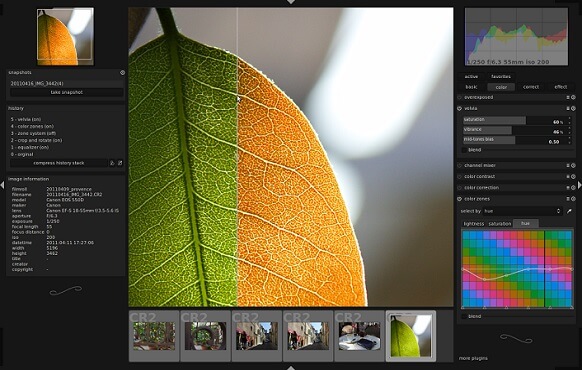
Moreover, on the Edit part, you will see the Presets, Auto, and Black and White. Going back to the editing process, Lightroom lets you Create a Version and input the Name to it. You can add it from your Camera or your desktop. On the right rail of the user interface of Lightroom, you will see the Edit Icon, and once you click that, you will see all the options.īut before editing, you must first add the image. Since we discuss the user interface of Lightroom, you can now easily understand how to edit images on Lightroom. But again, this is not much suitable for amateur users. Overall, the user interface of Lightroom is excellent. In other words, you will see the information in the image. Therefore, you can preview your image on the Preview, especially if you want to further look at it.Ībove the Preview, you will see the Edited, Type, Keyword, Camera, Location, Sync Status, People, etc. What’s more? You will also see the Connections, including Adobe Portfolio, Blurb, Printique, SmugMug, etc. Below are all the Photos, including Recently Added, Recent Edits, By Date, and People. On the left rail, you will see the Plus Sign Add Photos, Learn, and Discover. What does it mean? You will start seeing the basic options, and then you will proceed to the professional tools. The Lightroom user interface is simple but professional. It is also sometimes confusing to use, especially for amateur users.

It is sometimes slow on under-powered computers. It can only be used if you subscribe to them. You are obliged to upload all the photos on cloud storage.

It also has non-destructive photo editing tools and a files cataloging system. It has excellent raw filters and profiles. Pros It has a simple but professional user interface.


 0 kommentar(er)
0 kommentar(er)
